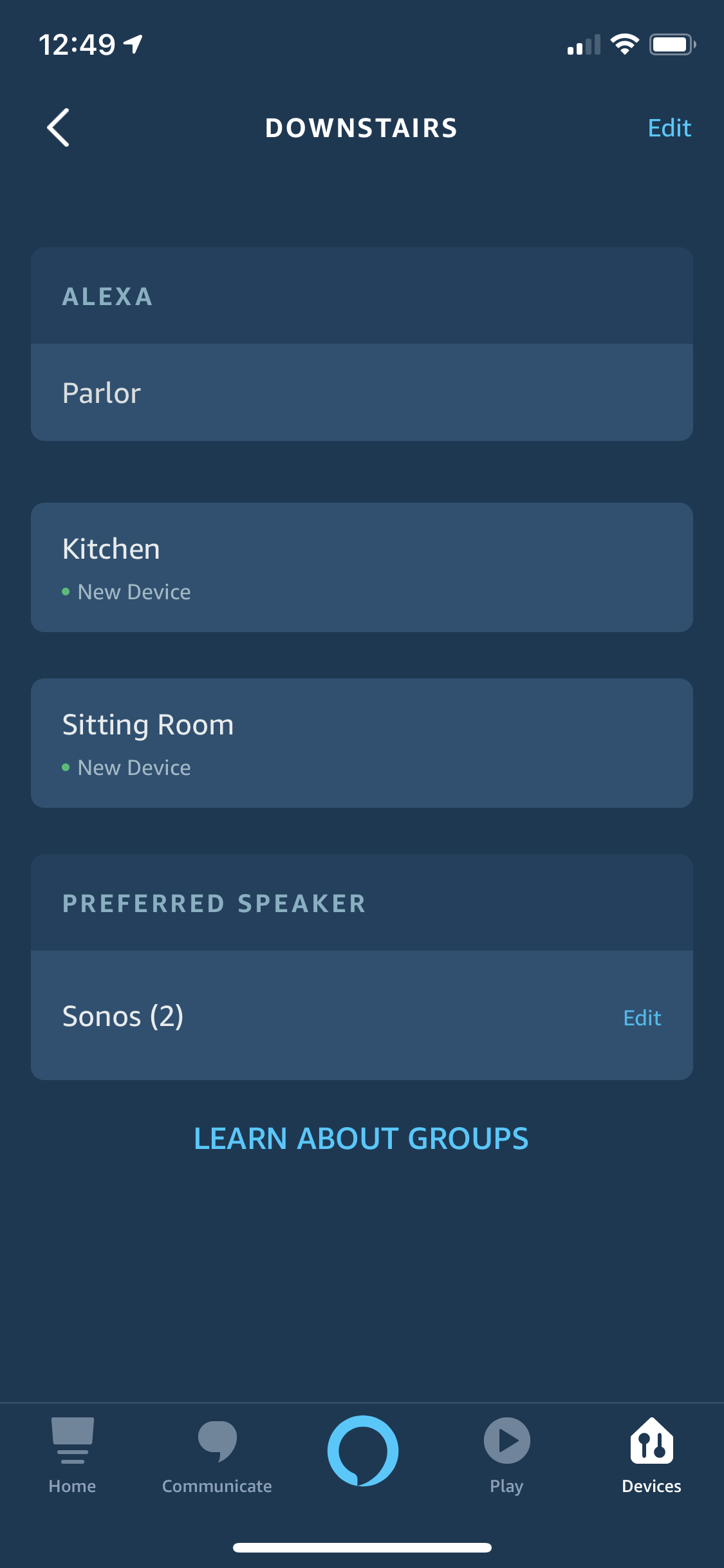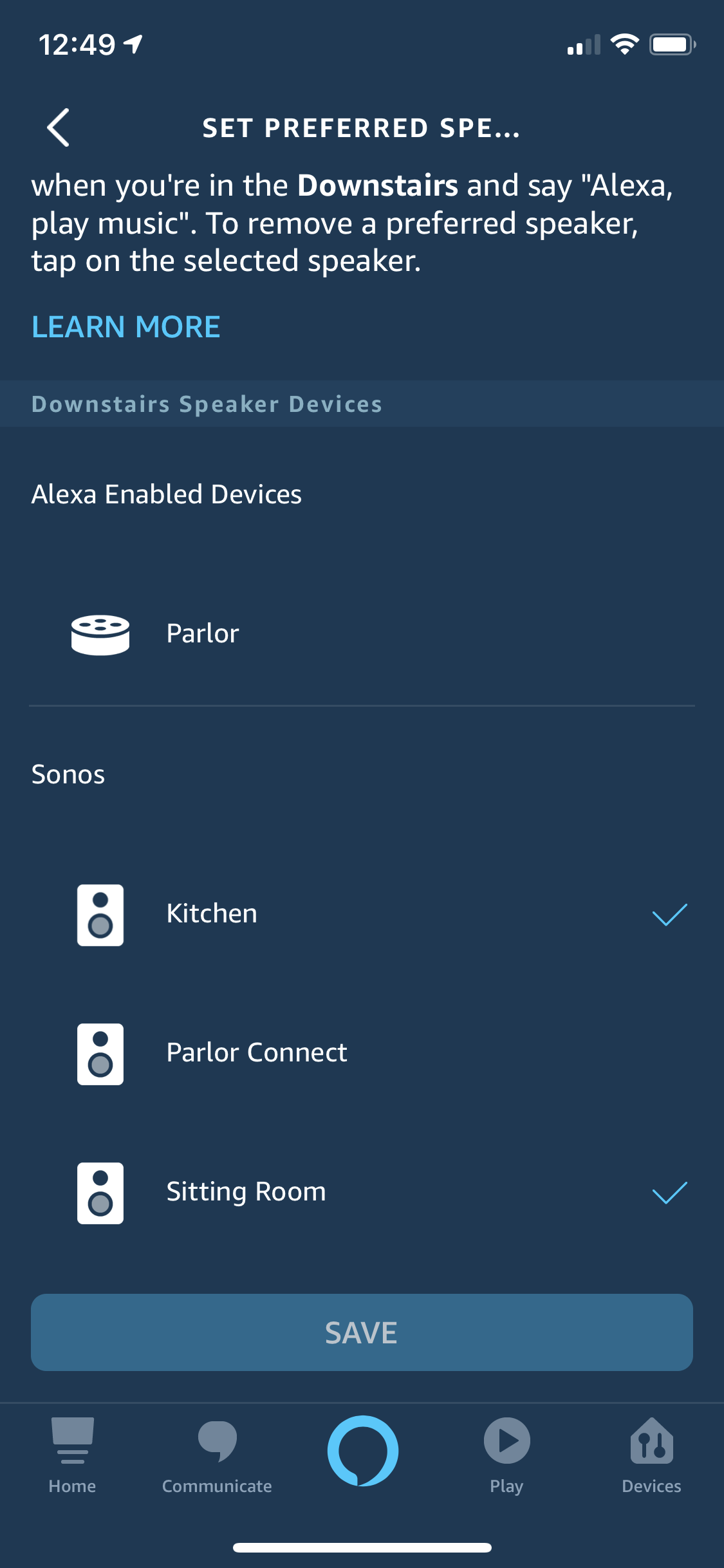I know that this has been discussed before, and that due to the One (Gen 1) not having Bluetooth there was no pairing with the Echo Wall Clock, however, given that the new One (Gen 2) has a BLE chip, I’m wondering if there’s a way to connect the two of them.
Has anyone had any success getting this to work?





